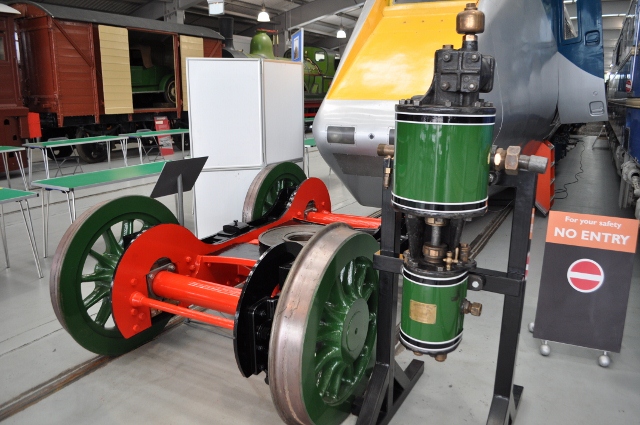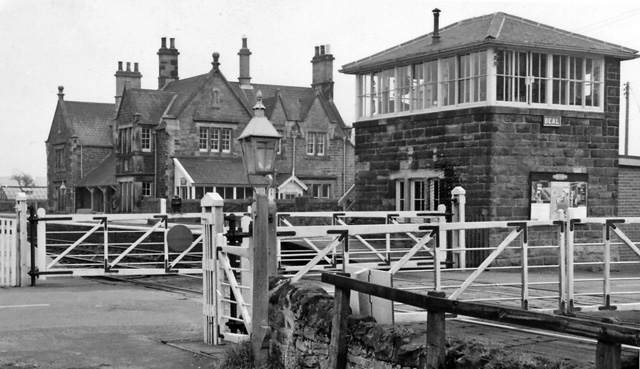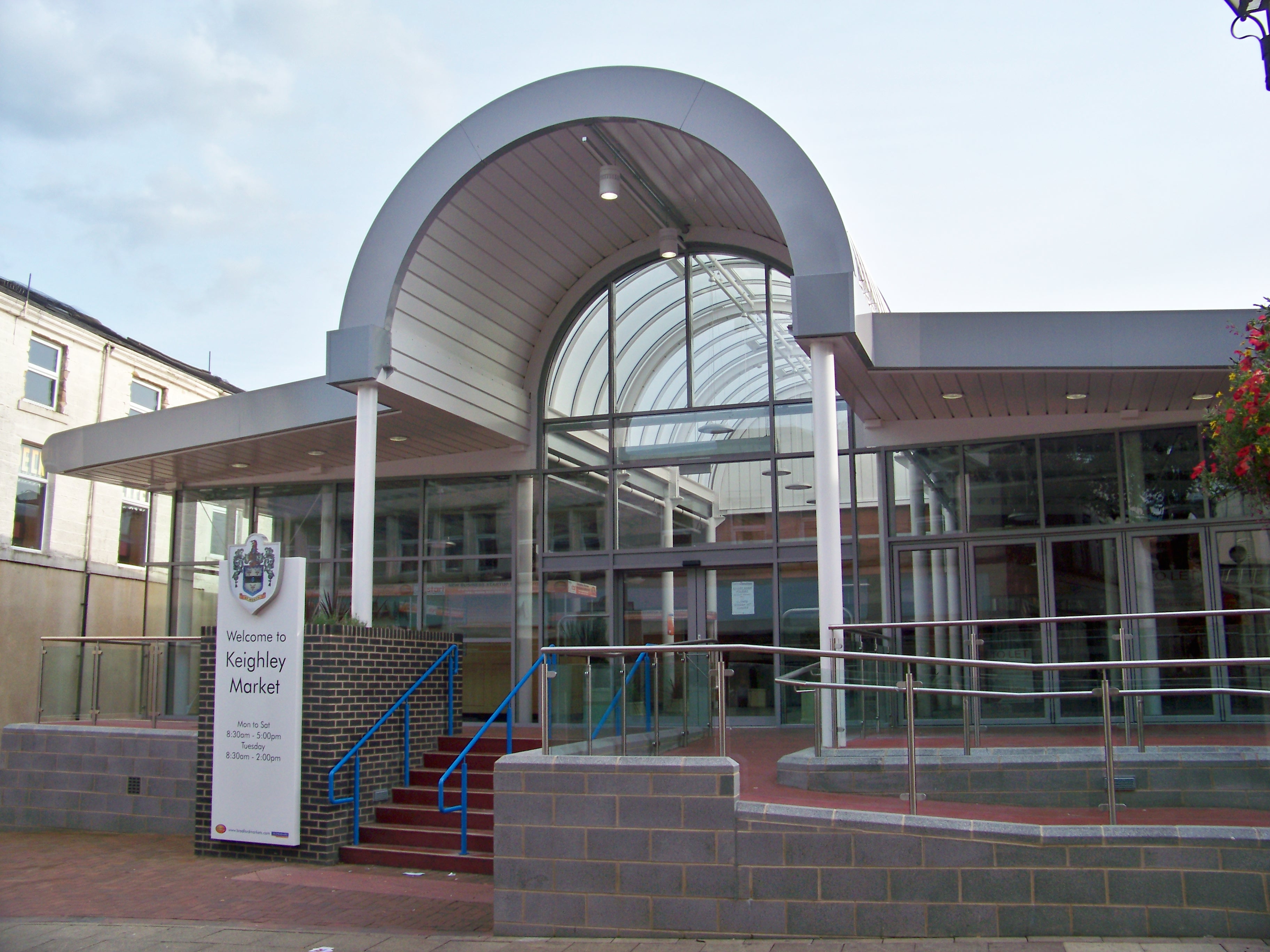|
LNER Class G5
The NER Class O (LNER Class G5) was a class of 0-4-4T steam locomotives of the North Eastern Railway, designed by the company's Chief Engineer, Wilson Worsdell. They all survived into British Railways ownership in 1948 and their BR numbers were 67240-67349. They were withdrawn between 1950 and 1958. Accidents and incidents In July 1957, locomotive No. 67338 was used for a series of tests into the performance of concrete sleepers when trains were derailed. These tests took place between Halifax and Keighley, Yorkshire. Preservation None of the G5s were preserved, although a replica, No. 1759 is under construction at Shildon. It will be built for use on various heritage lines. Models Bachmann Branchline Bachmann Branchline is a British OO gauge model railway brand manufactured by Bachmann Europe PLC, a subsidiary of Bachmann Industries, and is used for British outline OO scale model railways. Bachmann, a US company founded in 1835, was purchas ... have made a OO gauge m ... [...More Info...] [...Related Items...] OR: [Wikipedia] [Google] [Baidu] |
Wilson Worsdell
Wilson Worsdell (7 September 1850 – 14 April 1920) was an English locomotive engineer who was locomotive superintendent of the North Eastern Railway from 1890 to 1910. He was the younger brother of T.W. Worsdell. Wilson was born at Monks Coppenhall, near Crewe on 7 September 1850 to Nathaniel and Mary Worsdell; he was their tenth child and fourth son. In 1860 he was sent as a boarder to Ackworth, a Quaker school in Yorkshire. Career Wilson Worsdell worked at Crewe for a short time, then moved to the US to work at the Altoona Works of the Pennsylvania Railroad. He returned to England in 1871 and worked for the London and North Western Railway (LNWR) and rose to be in charge of the locomotive shed at Chester. In 1883, he became an Assistant Locomotive Superintendent of the North Eastern Railway (NER). Wilson's brother, Thomas William Worsdell was Locomotive Superintendent of the NER from 1885 to 1890. When Thomas William retired, Wilson replaced him as the NER's Locomotiv ... [...More Info...] [...Related Items...] OR: [Wikipedia] [Google] [Baidu] |
0-4-4T
Under the Whyte notation for the classification of steam locomotives, 0-4-4 represents the wheel arrangement of no leading wheels, four powered and coupled driving wheels on two axles, and four trailing wheels on two axles. This type was only used for tank locomotives. In the UK 0-4-4 tanks were mainly used for suburban or rural passenger duties. In America, the wheel arrangement became known as the Forney, after a specific design of 0-4-4s, the '' Forney locomotive'', became heavily used on the narrow curves of elevated railways and other rapid transit lines. Equivalent classifications Other equivalent classifications are: *UIC classification: B2 (also known as German classification and Italian classification) *French classification: 022 * Turkish classification: 24 * Swiss classification: 2/4 * Russian classification: 0-2-2 History Finland The Finnish Steam Locomotive Class F1 entered service with SVR in 1885 were used until 1935. One example is preserved at the Finn ... [...More Info...] [...Related Items...] OR: [Wikipedia] [Google] [Baidu] |
Steam Locomotive
A steam locomotive is a locomotive that provides the force to move itself and other vehicles by means of the expansion of steam. It is fuelled by burning combustible material (usually coal, Fuel oil, oil or, rarely, Wood fuel, wood) to heat water in the locomotive's Boiler (power generation), boiler to the point where it becomes gaseous and its volume increases 1,700 times. Functionally, it is a steam engine on wheels. In most locomotives, the steam is admitted alternately to each end of its Steam locomotive components, cylinders in which pistons are mechanically connected to the locomotive's main wheels. Fuel and water supplies are usually carried with the locomotive, either on the locomotive itself or in a Tender (rail), tender coupled to it. #Variations, Variations in this general design include electrically powered boilers, turbines in place of pistons, and using steam generated externally. Steam locomotives were first developed in the United Kingdom of Great Britain an ... [...More Info...] [...Related Items...] OR: [Wikipedia] [Google] [Baidu] |
North Eastern Railway (UK)
The North Eastern Railway (NER) was an England, English rail transport, railway company. It was incorporated in 1854 by the combination of several existing railway companies. Later, it was amalgamated with other railways to form the London and North Eastern Railway at the Railways Act 1921, Grouping in 1923. Its main line survives to the present day as part of the East Coast Main Line between London and Edinburgh. Unlike many other pre-Grouping companies the NER had a relatively compact territory, in which it had a near monopoly. That district extended through Yorkshire, County Durham and Northumberland, with outposts in Westmorland and Cumberland, England, Cumberland. The only company penetrating its territory was the Hull & Barnsley, which it absorbed shortly before the main grouping. The NER's main line formed the middle link on the Anglo-Scottish "East Coast Main Line" between London and Edinburgh, joining the Great Northern Railway (Great Britain), Great Northern Railwa ... [...More Info...] [...Related Items...] OR: [Wikipedia] [Google] [Baidu] |
British Railways
British Railways (BR), which from 1965 traded as British Rail, was a state-owned company that operated most rail transport in Great Britain from 1948 to 1997. Originally a trading brand of the Railway Executive of the British Transport Commission, it became an independent statutory corporation in January 1963, when it was formally renamed the British Railways Board. British Railways was formed on 1 January 1948 as a result of the Transport Act 1947, which nationalisation, nationalised the Big Four (British railway companies), Big Four British railway companies along with some other (but not all) smaller railways. Profitability of the railways became a pressing concern during the 1950s, leading to multiple efforts to bolster performance, including some line closures. The History of rail transport in Great Britain 1948–1994#The Modernisation Plan, 1955 Modernisation Plan formally directed a process of dieselisation and Railway electrification in Great Britain, electrification ... [...More Info...] [...Related Items...] OR: [Wikipedia] [Google] [Baidu] |
Halifax, West Yorkshire
Halifax is a town in the Metropolitan Borough of Calderdale, in West Yorkshire, England. It is in the eastern foothills of the Pennines. In the 15th century, the town became an economic hub of the old West Riding of Yorkshire, primarily in woollen manufacture with the large Piece Hall square later built for trading wool in the town centre. The town was a thriving mill town during the Industrial Revolution with the Dean Clough Mill buildings a surviving landmark. In 2021, it had a population of 88,109. It is also the administrative centre of the wider Calderdale Metropolitan Borough. Toponymy The town's name was recorded in about 1091 as ''Halyfax'', most likely from the Old English ''halh-gefeaxe'', meaning "area of coarse grass in the of land". This explanation is generally preferred to derivations from the Old English ' (holy), in ''hālig feax'' or "holy hair", proposed by 16th-century antiquarians. The probably-incorrect interpretation gave rise to two legends. One concern ... [...More Info...] [...Related Items...] OR: [Wikipedia] [Google] [Baidu] |
Keighley
Keighley ( ) is a market town and a civil parishes in England, civil parish in the City of Bradford Borough of West Yorkshire, England. It is the second-largest settlement in the borough, after Bradford. Keighley is north-west of Bradford, north-west of Bingley, north of Halifax, West Yorkshire, Halifax and south-east of Skipton. It is governed by Keighley Town Council and Bradford City Council. Keighley is in West Yorkshire, close to the borders of North Yorkshire and Lancashire. Historic counties of England, Historically in the West Riding of Yorkshire, it lies between Airedale and Keighley Moors. At the 2011 census, Keighley had a population of 56,348. History Toponymy The name Keighley, which has gone through many changes of spelling throughout its history, means "Cyhha's farm or clearing", and was mentioned in the Domesday Book of 1086: "In Cichhelai, Ulchel, and Thole, and Ravensuar, and William had six carucates to be taxed." Town charter Henry de Keighley, a ... [...More Info...] [...Related Items...] OR: [Wikipedia] [Google] [Baidu] |
West Riding Of Yorkshire
The West Riding of Yorkshire was one of three historic subdivisions of Yorkshire, England. From 1889 to 1974 the riding was an administrative county named County of York, West Riding. The Lord Lieutenant of the West Riding of Yorkshire, lieutenancy at that time included the city of York and as such was named "West Riding of the County of York and the County of the City of York". The riding ceased to be used for administrative purposes in 1974, when England's local government was reformed. Contemporary local government boundaries in Yorkshire largely do not follow those of the riding. All of South Yorkshire (except Finningley) and West Yorkshire were historically within its boundaries, as were the south-western areas of North Yorkshire (including Ripon), the Sedbergh area of Cumbria, the Barnoldswick and Slaidburn areas of Lancashire, the Saddleworth area of Greater Manchester and the part of the East Riding of Yorkshire around Goole and southwest of the River Ouse, Yorkshire, ... [...More Info...] [...Related Items...] OR: [Wikipedia] [Google] [Baidu] |
G5 Locomotion - Geograph
G5, G.V, G.5 or G-5 may refer to: Businesses and companies * G5 Entertainment, a video game developer and publisher; see list of PlayStation minis * G5, IATA code for China Express Airlines Electronics and software * Canon PowerShot G5, a digital camera * Dell G5 Series, a series of gaming laptops * G5 bipin, a lamp standard * LG G5, a smartphone developed by LG Electronics * Logitech G5, a gaming mouse with variable weight and sensitivity settings * Motorola G5 project, the failed Motorola PowerPC project to succeed its own PPC 74x * PowerPC G5, the PowerPC 970 microprocessor from IBM ** iMac G5, an all-in-one desktop computer by Apple ** Power Mac G5, Apple's marketing name for models of the Power Macintosh which contain the IBM PowerPC 970 CPU Groups and organizations * G5, former name for G6 (EU), a group of the largest West European countries * G5 (universities), a grouping of five public research universities in England * G5 Sahel, an alliance of five countries in West ... [...More Info...] [...Related Items...] OR: [Wikipedia] [Google] [Baidu] |
Bachmann Branchline
Bachmann Branchline is a British OO gauge model railway brand manufactured by Bachmann Europe PLC, a subsidiary of Bachmann Industries, and is used for British outline OO scale model railways. Bachmann, a US company founded in 1835, was purchased by Kader Industries in 1987. Kader had previously produced models for Palitoy under the Mainline brand. Palitoy required its manufacturers to produce and retain ownership of the toolings and Kader had used the toolings and added new ones for models commissioned by Replica Railways following the demise of Mainline. Kader formed Bachmann Europe PLC in 1989 with its main UK headquarters in Moat Way, Barwell, and the following year launched the Bachmann Branchline range for the British market with the moulds that had previously been used for Mainline Railways and Replica. From this starting point Bachmann has developed the range further and now produce a large range of models competing in particular with Hornby. In 2000, Bachmann Europe ... [...More Info...] [...Related Items...] OR: [Wikipedia] [Google] [Baidu] |
OO Scale
OO gauge or OO scale (also, 00 gauge and 00 scale) is the most popular standard gauge model railway standard in the United Kingdom, outside of which it is virtually unknown. OO gauge is one of several 4 mm-scale standards (4 mm to , or 1:76.2), and the only one to be marketed by major manufacturers. The OO track gauge of (same as the 1:87 HO scale) corresponds to prototypical gauge of , rather than standard gauge. However, since the 1960s, other gauges in the same scale have arisen – 18.2 mm ( EM) and 18.83 mm ( Scalefour) — to reflect the desire of some modellers for greater scale accuracy. Origin Double-0 scale model railways were launched by Bing in 1921 as "The Table Railway", running on track and scaled at 4 mm to the foot. In 1922, the first models of British prototypes appeared. Initially all locomotives were powered by clockwork, but the first electric power appeared in 1923. "OO" describes models with a scale of 4 mm = 1 foot (1:76) ... [...More Info...] [...Related Items...] OR: [Wikipedia] [Google] [Baidu] |







